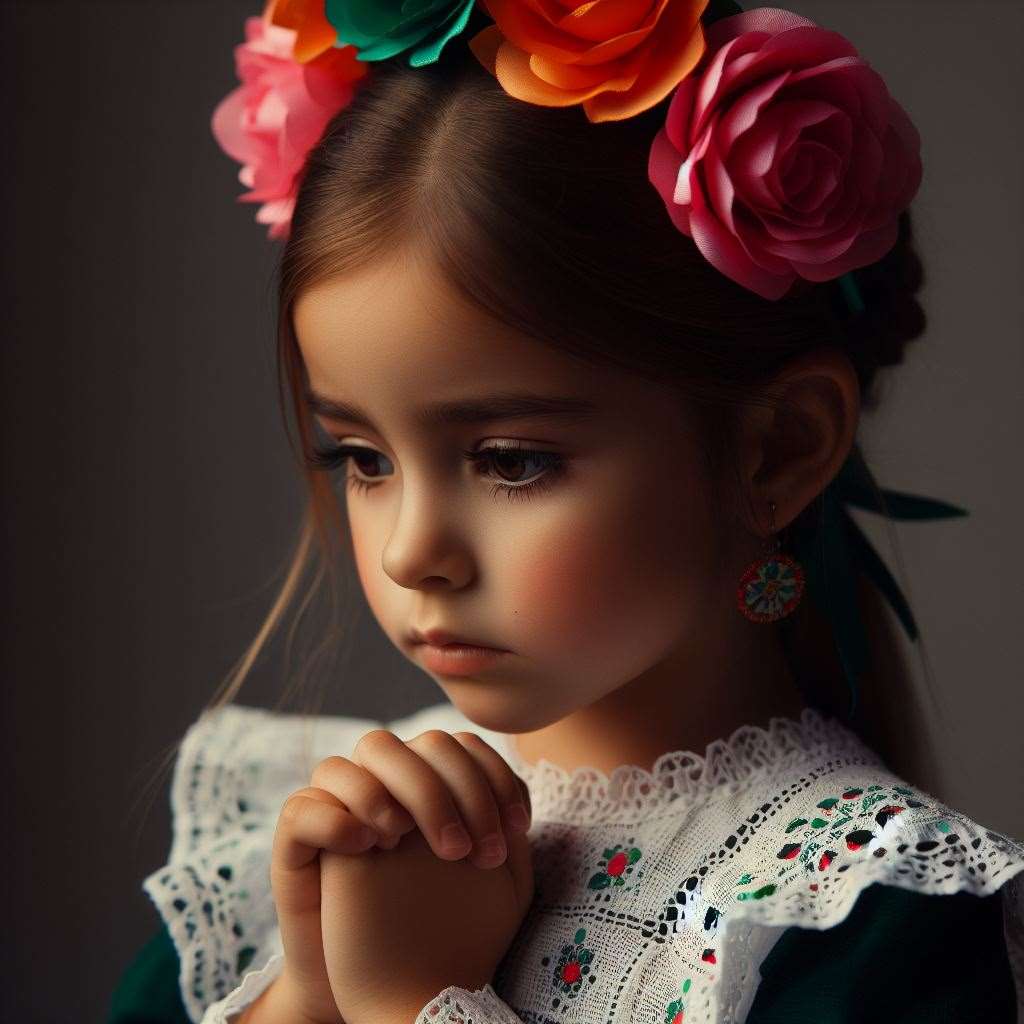The Little Bride with the Vacant Stare
Mexico's child marriage ban is a start, but forced marriages continue, especially in indigenous communities. This practice robs girls of childhood, education, and health. Laws, education, and economic empowerment are critical in combating this injustice rooted in gender inequality.

In the heart of Guerrero, Mexico, where the sun-baked sierra gives way to vibrant green valleys, dwells a tradition older than the stones themselves. It's a custom whispered amongst the womenfolk like a shared secret, a sigh, a lament. They call it “marriage,” but in the eyes of little Ana Maria, it's more like a death sentence.
Ana Maria is twelve. Her eyes, meant to sparkle with mischievous dreams, now hold a gaze as distant and empty as the desert sky. She was a child just weeks ago, playing dolls of woven corn husk, her laughter filling their tiny adobe home. Then, the deal was struck, the price set: two crates of beer, a sack of corn, and fifty pesos. It was a bargain, they told her mother, who could barely feed her five children.




